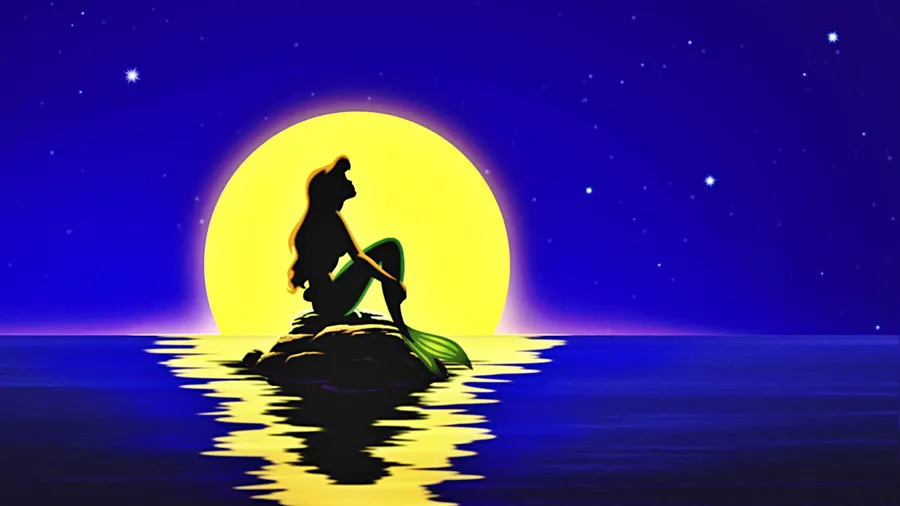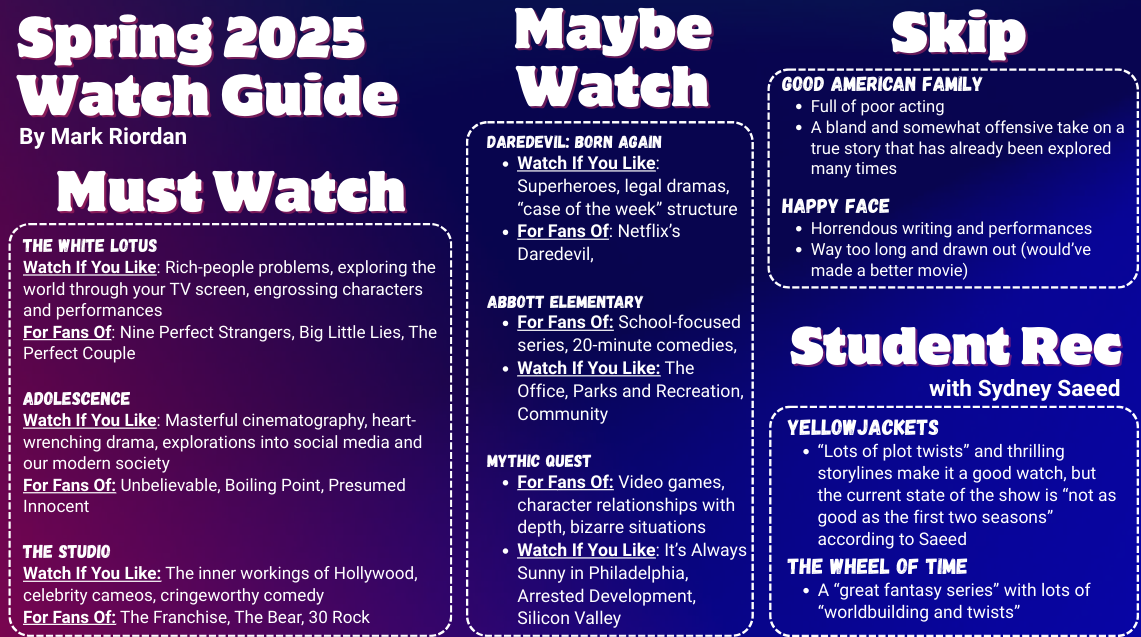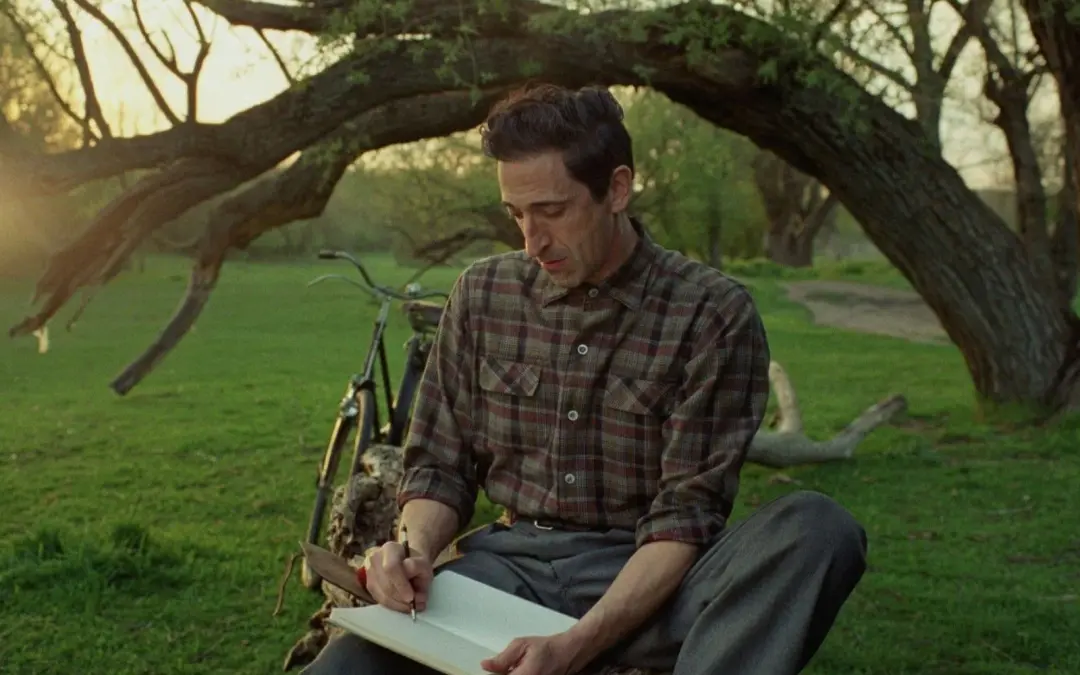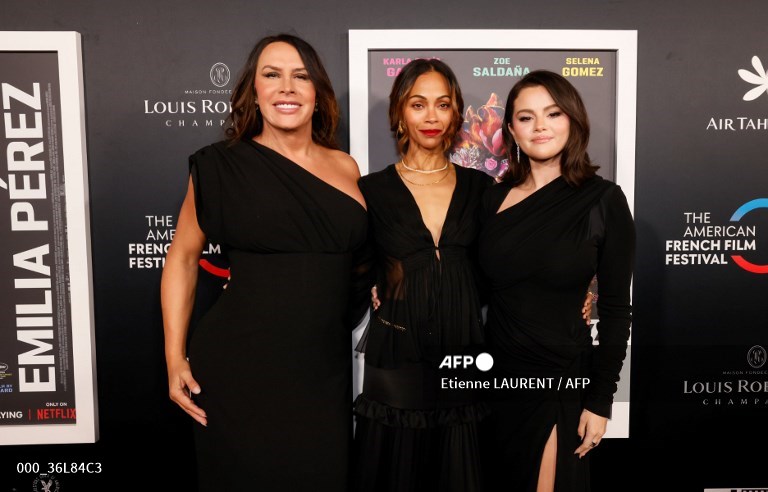Disney’s once-unrivaled magic is wearing thin, with a slew of live-action remakes flooding theatres, Disney’s motivation is financial gain rather than preserving the legacy of its animated classics. The remakes thrive on the audience’s nostalgia with films like The Lion King and The Little Mermaid sparking initial interest. But fans are now expressing fatigue over this trend, with multiple new live-action movies set to release in the upcoming years. This repetition leaves little to look forward to, with the same stories and characters being spat back at dedicated Disney fans in the front row of theatres.
The trend traces its roots back to The Jungle Book (1994), the first live-action adaptation of a Disney classic. However, it wasn’t until the 2010s that the genre gained significant momentum. Since then, Disney has released 23 live-action remakes. The rationale? Financial success. For instance, the 2019 remake of The Lion King became one of Disney’s highest-grossing live-action films, earning 1.6 billion globally. The company’s revenue reflects this strategy, with $91.361B reported for the 12 months ending September 2024, a 2.77% increase from 2023, which itself was a 7.47% increase from 2022. This growth stems from Disney’s ability to churn out films without investing in writers and new storytelling, relying instead on nostalgia—a powerful, universal force—even when the content lacks originality.
For many fans, however, the charm of the animated originals remains unmatched. Junior Laura Civillico, a member of the Film Club, articulated her frustration with the reliance on live-action adaptations.
“Live-action remakes suffer from the enormous expectations people place on them to ‘live up’ to the animated classic,” said Civillico. “I also don’t think the live-action films can have the same whimsical qualities of the animated films because they are constrained by realism to varying degrees.”
Civillico’s concerns go beyond as she expressed her passion for Peter Pan to remain untouched because remaking it would go “against the themes of youth and whimsy in the film. Neverland is supposed to be magical, but it’s removed from the real world, and I don’t think a live-action adaptation could capture the difference between the real world and Neverland.”
Her sentiment has been supported by Pixar Creative CEO, noting the limitations of translating animated stories to live actions, “So much of what we create only works because of the rules of the [animated] world…So if you have a human walk into a house that floats, your mind goes, ‘Wait a second. Hold on. Houses are super heavy. How are balloons lifting the house?’”
Disney’s animated classics were groundbreaking for their time, pushing artistic and cultural boundaries because not only were they visually stunning; but they told original, heartfelt stories that became timeless. Walt Disney himself was known for valuing creativity and innovation, always looking to expand the possibilities that his company could explore. This vision seems at odds with the company’s current motto of reuse, reduce, and recycle when it comes to storytelling, which often feels more like corporate products than artistic endeavors.
*Opinions expressed in this article represent the views of the editorial staff and not necessarily those of the school population or administration.











